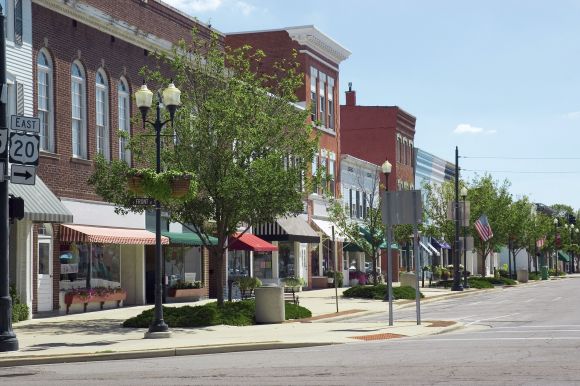Ask anyone in retail real estate today about the state of the industry and they’ll struggle to find the right description.
It’s not anemic, but then again it’s not perfectly sound.
Today’s retail real estate industry is sending contradictory signals. It isn’t possible to make a black and white assessment of the industry’s health; we are operating firmly in the murky waters of “shades of gray.” For example:
- By many reports, the industry is dramatically overbuilt in the United States, but we are building more stores.
- Consumer confidence is up, but financial markets are timid.
- News headlines are full of both retailers who are closing stores and others who are growing aggressively.
Why is the retail industry contradicting itself?
The reason is one that few actually admit: as an industry, retail real estate does not play the long game.
We’re building like crazy because the demand for shiny new spaces is high, while retail stores in shopping centers just a few decades old are struggling and closing.
In seeking shareholder approval, retail companies fall into the trap of thinking that the only way to grow is to add stores, so they do it at a dizzying pace without regard for whether that strategy is sustainable.
Rethinking Retail Real Estate Growth
It’s human nature to seek the short term gain over long term payoff, but if the retail real estate industry wants to be fundamentally sound for many years to come, then it will need to reassess how it views growth.
So is there another way to grow your business, one that respects the long-term health of the company?
Absolutely.
- Focus on improving the performance of existing local stores. At a fundamental level, you have two ways to grow your business. You can add new stores, which is the strategy favored by many retailers, or you can improve the performance of your existing stores. In a world of omnichannel retailing, companies need to take a hard look at their brick and mortar store portfolio and understand exactly how to position those stores for success. If the trade area has changed and no longer has the concentration of customers needed, perhaps it’s in the company’s best interest to relocate that store. If the store is underperforming its forecast, perhaps there are operational issues that need to be addressed.
- View site selection and store openings as a long-term commitment. Retailers can and should open new stores as part of their long-term strategy. That said, the decision should be viewed as a long-term commitment – one that’s worthy of thorough analysis and investment in market research. Stores with large footprints usually use this approach, but smaller footprint stores should treat the process with a similar level of respect. Understanding market demand, the effects of cannibalization, and other factors will help retailers to make sound site selection decisions.
By considering the long-term implications of today’s business growth strategies, retail real estate professionals can improve the health of their companies and achieve sustainable long-term growth.
If your company needs help taking a long-term approach to growth, consider investing in a custom analytics solution from Buxton. We can help you understand which stores are candidates for relocation or operational improvement and where your new growth opportunities lie.
Download our Retail Real Estate Outlook to learn more.


